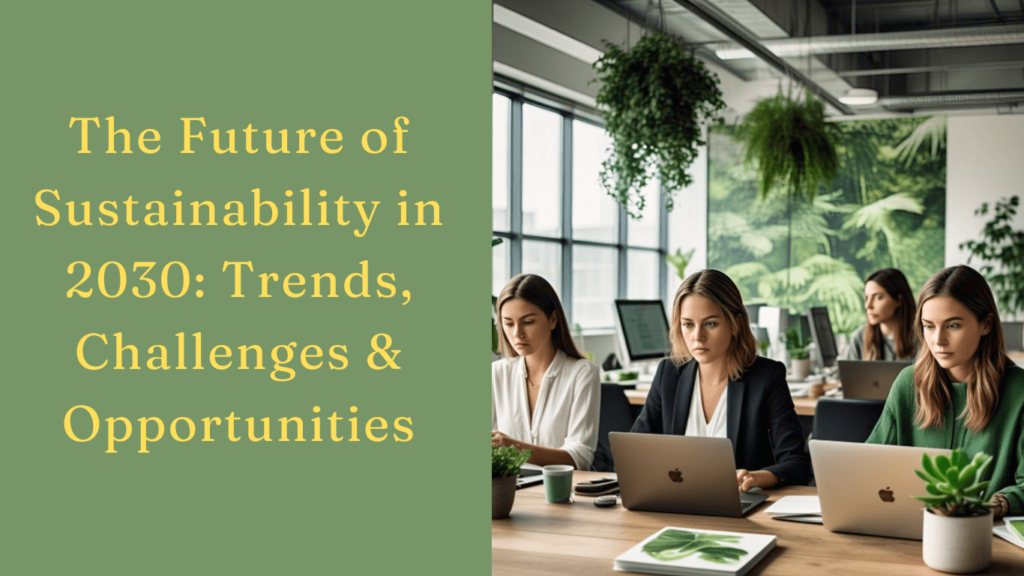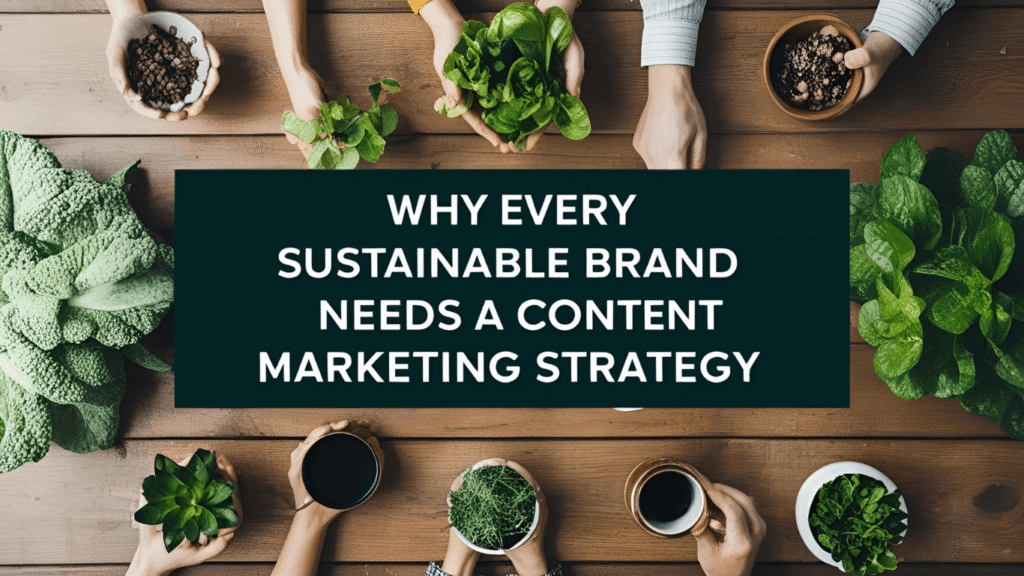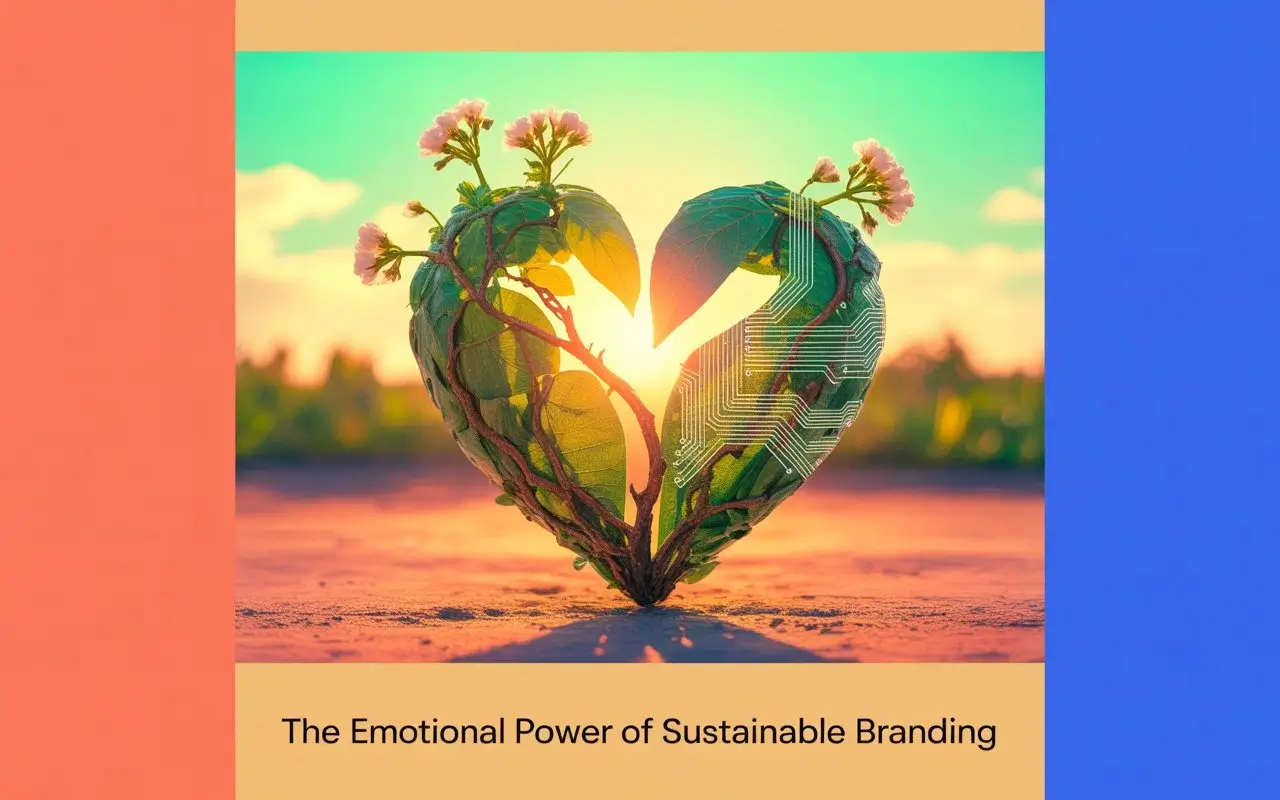
What is Sustainable Branding?
Sustainable branding is about more than just slapping a green label on your product. It’s the art of aligning your brand values with environmental and ethical responsibility in a way that deeply connects with your audience.
When you build a sustainable brand, you’re saying: “We care about the planet, and we’re doing something about it.”
But here’s where it becomes powerful—you’re not just helping the Earth; you’re inviting customers to join your mission. That’s what makes it emotional.
People love to support causes that match their personal beliefs. If your brand helps them feel like they’re contributing to something meaningful, it builds long-term trust.
It involves practices like:
✅ Using eco-friendly packaging
✅ Ethically sourcing materials
✅ Creating low-waste products
✅ Donating to environmental causes
✅ Being transparent about your processes
When these practices are communicated clearly and emotionally, your brand becomes memorable and meaningful.
Customers won’t just buy from you once—they’ll come back, recommend you, and become part of your journey. In today’s world, a sustainable brand isn’t just good for the planet—it’s a smart business move.
People want to feel good about what they buy, and your brand can offer that emotional reward every time.
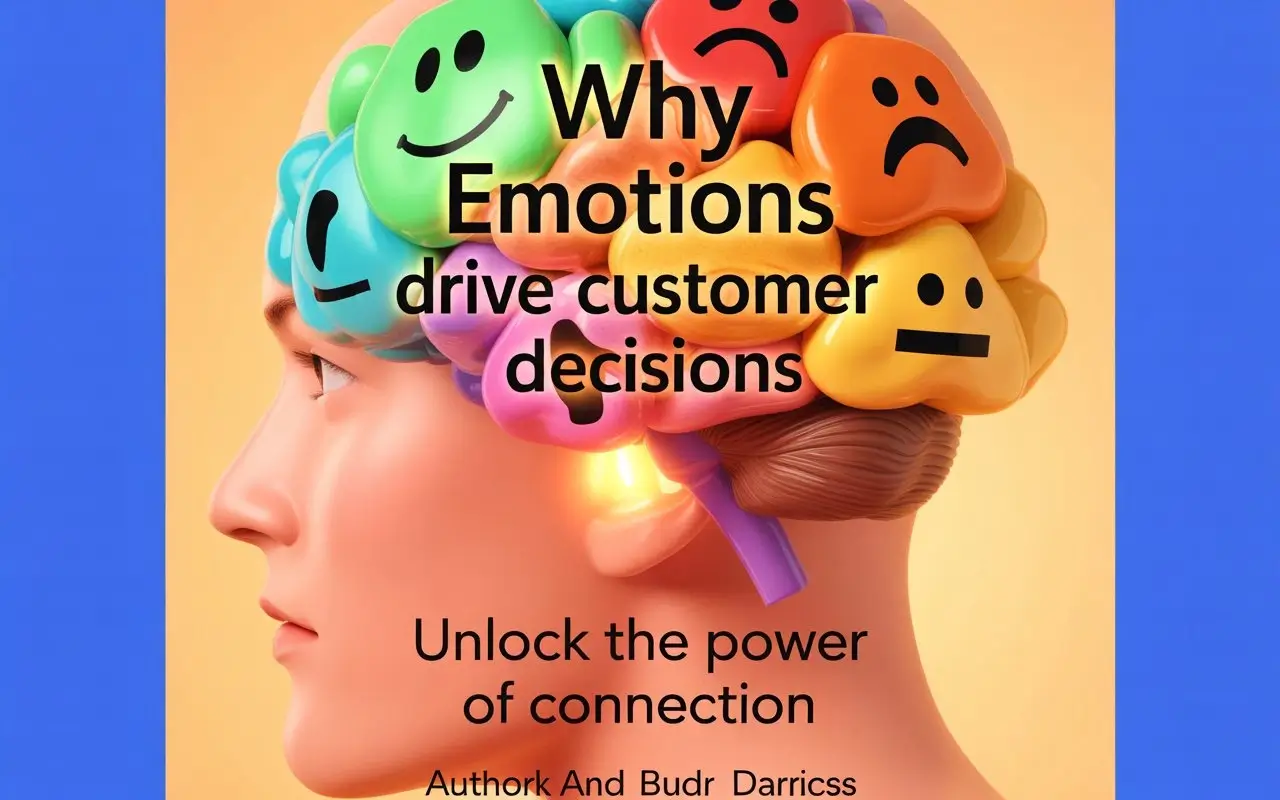
Why Emotions Drive Customer Decisions
Emotions drive how people buy—simple as that. Most customers don’t realize it, but they’re making buying decisions with their heart first, not their head.
In fact, neuroscience studies show that up to 90% of decisions are based on emotion. The logical part kicks in later to justify the choice.
This is where sustainable branding shines.
Buying green isn’t just practical—it feels good. Customers experience positive emotions like pride, peace of mind, and a sense of belonging when they choose an eco-conscious product.
They’re not just buying soap or clothes—they’re buying the idea of being a responsible, thoughtful person.
So when you create a brand that triggers those emotions, you’re not selling a product—you’re selling a feeling. You’re giving your customer a chance to feel empowered, guilt-free, and hopeful. That’s powerful.
Want to build brand loyalty?
Make your customers feel something—joy, connection, purpose. When you do that, they’ll remember you, they’ll stick around, and they’ll choose you over cheaper or faster options.
Emotions are the secret sauce that turns a “maybe” into a “heck yes.” Focus on how your brand feels, and you’ll convert more customers without needing to shout louder.
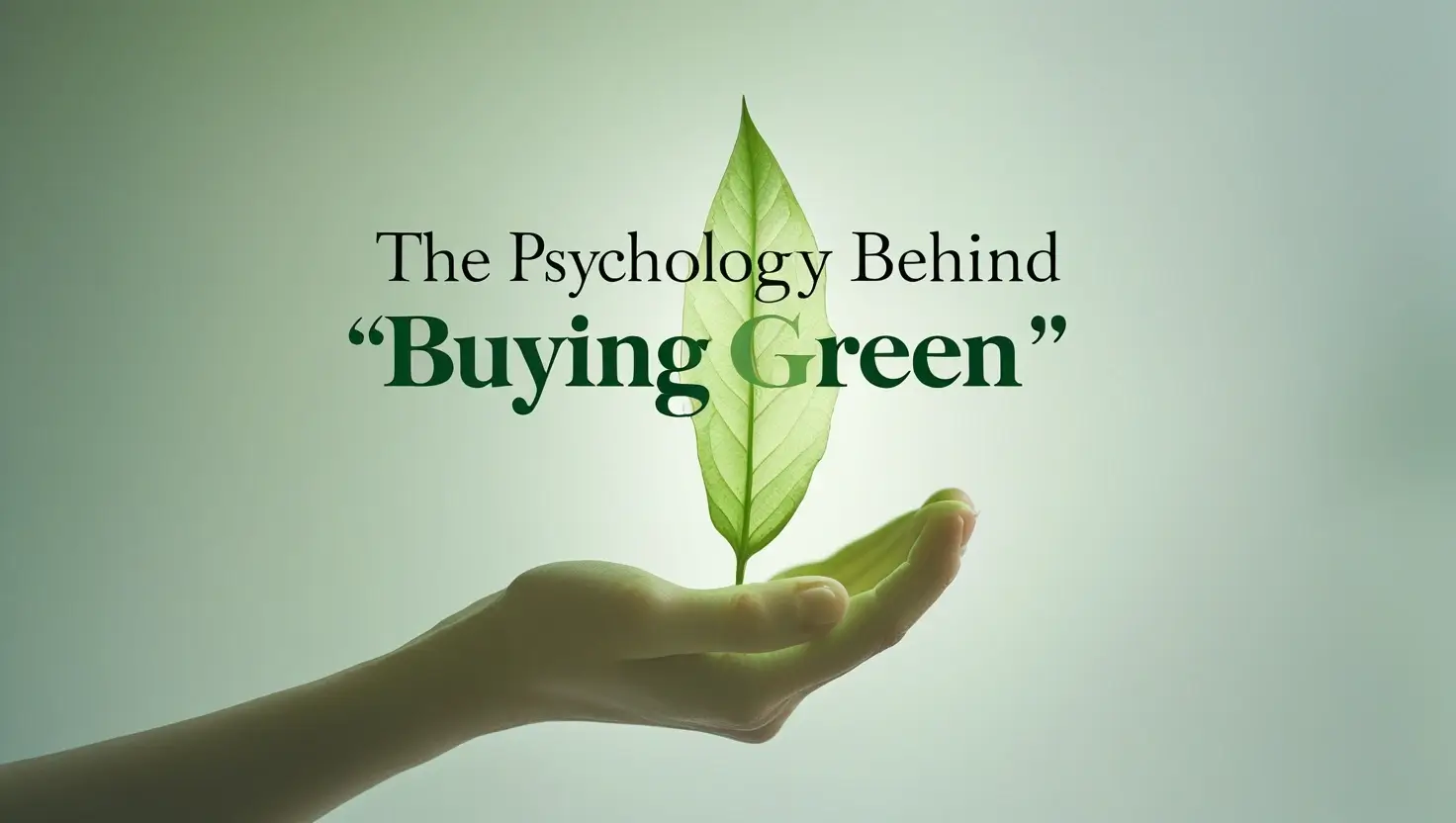
The Psychology Behind “Buying Green”
Buying green isn’t just a smart choice—it’s a personal one. Psychology tells us that people want their purchases to reflect who they are and what they care about.
That’s why sustainable branding is so effective. When someone chooses your eco-product, they’re not just buying a thing—they’re reinforcing their identity.
Let’s break it down simply. When a customer buys green, they feel:
✅ Pride: “I’m doing something good.”
✅ Relief: “I’m not harming the planet.”
✅ Belonging: “I’m part of something bigger.”
✅ Trust: “This brand shares my values.”
✅ Hope: “We can create a better future.”
These feelings build loyalty and drive word-of-mouth. People love talking about the brands that make them feel good.
That’s why green branding is more than a trend—it’s a human need.
Think of it like this: each time a customer supports your brand, they’re making a tiny emotional investment.
If the return on that investment is pride, satisfaction, and a sense of purpose, they’ll come back for more.
It’s not about the product—it’s about how the product makes them feel. So lean into that emotional psychology. It’s the reason your brand exists.
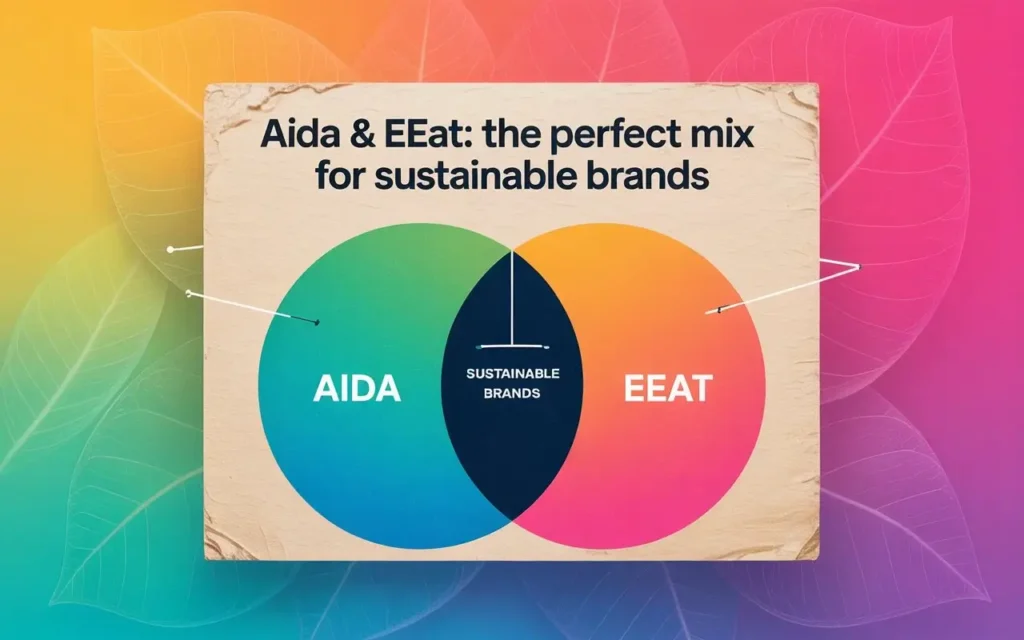
AIDA Meets EEAT: The Perfect Mix for Sustainable Brands
To make your sustainable brand irresistible and visible on Google, you need two things: AIDA to attract people emotionally and EEAT to gain their trust and rank higher online.
Let’s start with AIDA:
✅ Attention: Grab interest with bold visuals and messages like “Shop guilt-free” or “Change the world one product at a time.”
✅ Interest: Share your brand story, eco mission, and how you’re making a real difference.
✅ Desire: Show how customers benefit emotionally—feeling proud, empowered, and ethical.
✅ Action: Make it easy to buy, join, or share. Use calls to action like “Join the movement” or “Make an impact now.”
Now, let’s talk EEAT (what Google loves):
✅ Experience: Show real-world use of your products or services.
✅ Expertise: Share your knowledge about sustainability and your industry.
✅ Authoritativeness: Highlight partnerships, certifications, or awards.
✅ Trustworthiness: Be honest about your processes, even the challenges.
By combining AIDA and EEAT, your brand becomes a magnet—drawing people in emotionally while also proving you’re the real deal. It builds trust, ranks well, and keeps customers engaged from first click to loyal fan.
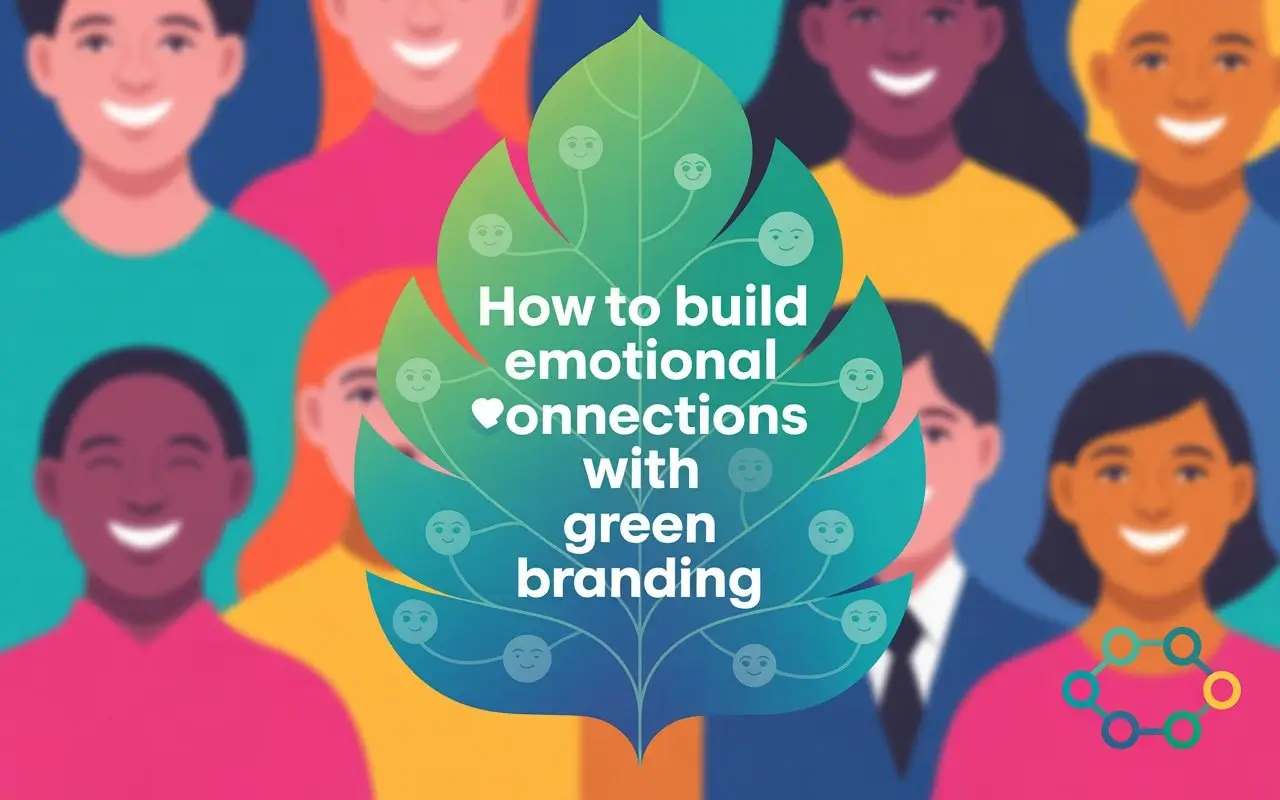
How to Build Emotional Connections With Green Branding
Emotionally powerful brands don’t just say “eco-friendly”—they show it in ways that make people feel something. To build that connection, you need to tell your story like a human, not a corporate robot. Share your “why.” Why did you start this brand? What moment made you care?
Next, use emotional language. Words like “together,” “impact,” “hope,” and “kind” make people feel involved and connected.
Instead of saying “100% recycled,” say “Made to protect the planet, one bottle at a time.”
Visuals matter too. Use photos of real people—your team, happy customers, even behind-the-scenes shots.
Show feelings: joy, pride, hope. This builds trust. It reminds people your brand is run by humans, not machines.
Then, make the customer the hero. Don’t just say what you do. Show what they make possible when they buy from you: planting trees, reducing waste, supporting artisans. Give them that win.
Lastly, invite them in. Build community with hashtags, challenges, or shout-outs. Make them feel part of a movement, not just a purchase.
That’s how you turn buyers into believers and products into a purpose.
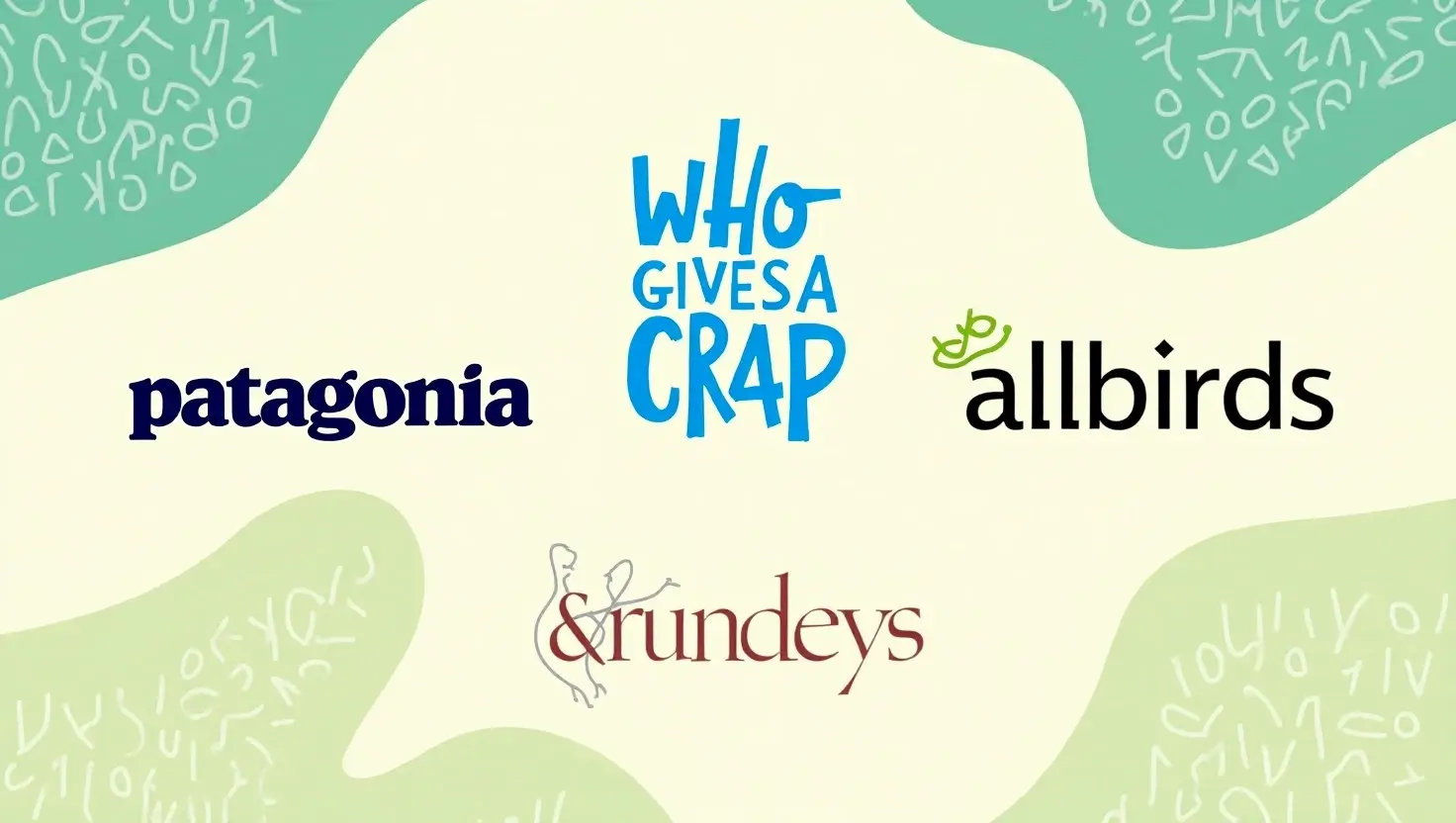
Real-Life Examples of Brands That Nail It
Looking for inspiration? These brands don’t just talk the talk—they walk it, emotionally and sustainably.
✅ Patagonia
They’re famous for saying, “Don’t buy this jacket.” That campaign shocked people—in a good way.
It wasn’t about selling more.
It was about selling values: reduce waste, buy less, buy better. Emotionally, it made customers feel proud, aware, and responsible.
✅ Who Gives a Crap
Yes, they sell toilet paper. But they do it with purpose and personality. For every roll sold, they donate to build toilets in places that need them.
Their quirky tone (“We give a crap”) makes people smile, while their impact makes customers feel empowered.
✅ Allbirds
Sustainable shoes made from wool and sugarcane. They break down the carbon footprint of each pair right on the website.
Customers love knowing exactly how their purchase helps the planet. It creates transparency, trust, and loyalty.
Each of these brands is emotionally charged. They make people feel like they’re buying more than a product.
They’re buying purpose, belonging, and hope. That’s what your brand should aim for. It’s not about being perfect—it’s about being meaningful and real.
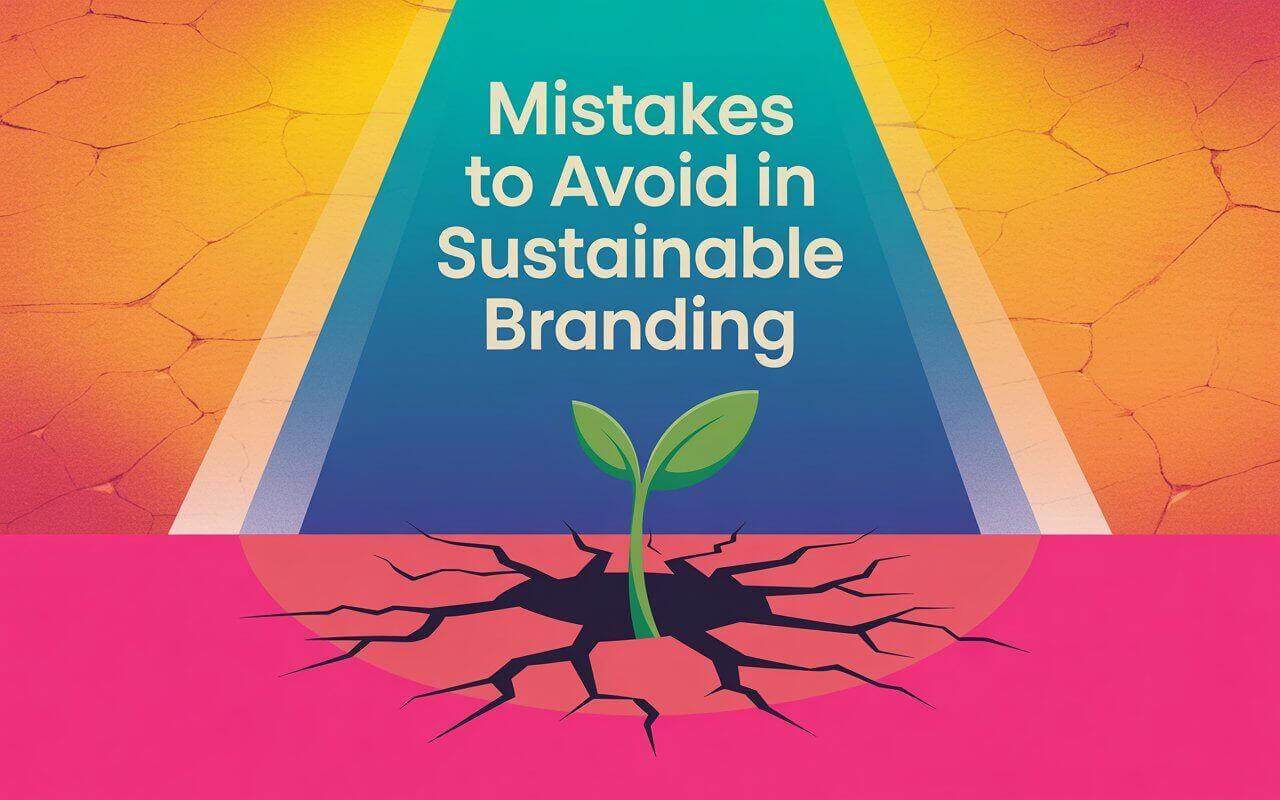
Mistakes to Avoid in Sustainable Branding
Even well-meaning brands can lose trust if they’re not careful. Avoid these common mistakes if you want to build a brand that connects emotionally and credibly.
✅ Greenwashing
Don’t fake it. If you claim to be eco-conscious but can’t back it up, customers will call you out.
Use real certifications, be honest about your impact, and never exaggerate.
✅ Using Jargon or Technical Terms
Your customers aren’t scientists. They don’t care about “carbon sequestration” or “supply chain audits.”
Use simple, human language. Say, “We grow cotton that gives back to the soil,” instead of using big words.
✅ Focusing Only on the Product, Not the Purpose
Sustainable branding isn’t just about the thing you sell—it’s about the change you create.
If you only talk about features (like “biodegradable”) and forget the feeling (like “protects the ocean”), you lose the emotional spark.
✅ Not Involving the Customer Emotionally
If your branding feels cold or corporate, it won’t connect. Use storytelling, customer testimonials, and emotional copywriting to make your message land with heart.
Remember, people want to feel good when they buy from you. Don’t miss that chance by making these avoidable errors.
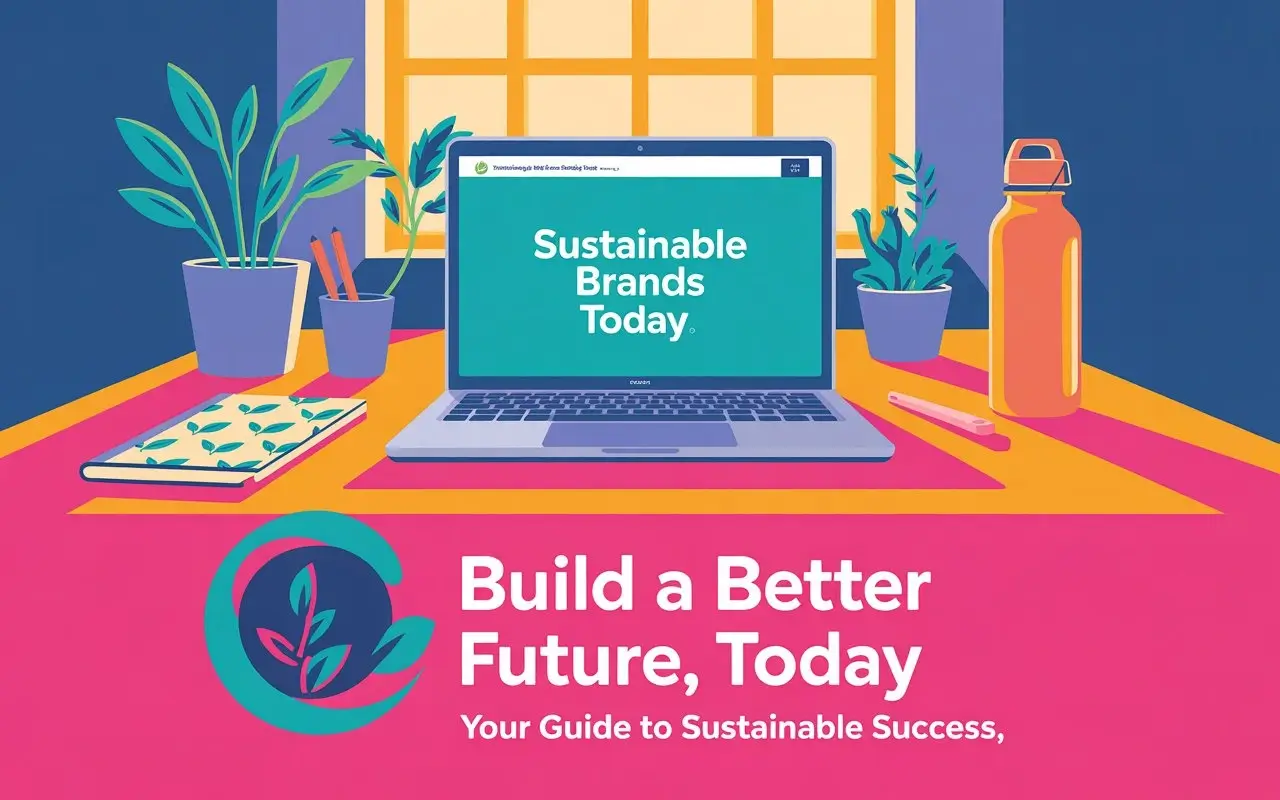
How to Start or Improve Your Sustainable Brand Today
Ready to build a brand that connects emotionally and makes real impact? Start here—step by step.
✅ Revisit Your “Why”
What inspired you to go green? What mission drives your business? Share it on your website, emails, and social media. People connect with purpose.
✅ Simplify Your Message
Avoid complicated terms. Speak directly to your audience in plain, friendly language. Think: “We’re here to help you save the planet, one step at a time.”
✅ Show Your Process
Take customers behind the scenes. Show how your product is made, who makes it, and what impact it creates. Transparency builds trust.
✅ Add Emotional Hooks
Use phrases like:
💚 “Feel proud of every purchase”
💚 “Together, we’ve saved 100,000 plastic bottles”
💚 “You make this change possible”
✅ Create Small Wins
Let customers track their impact. “Each order funds clean water for a child.” These micro-victories build emotional loyalty.
✅ Build a Community
Invite customers to tag you, share stories, or use a hashtag. Celebrate them. Make them feel like heroes. That emotional engagement is what keeps them coming back.
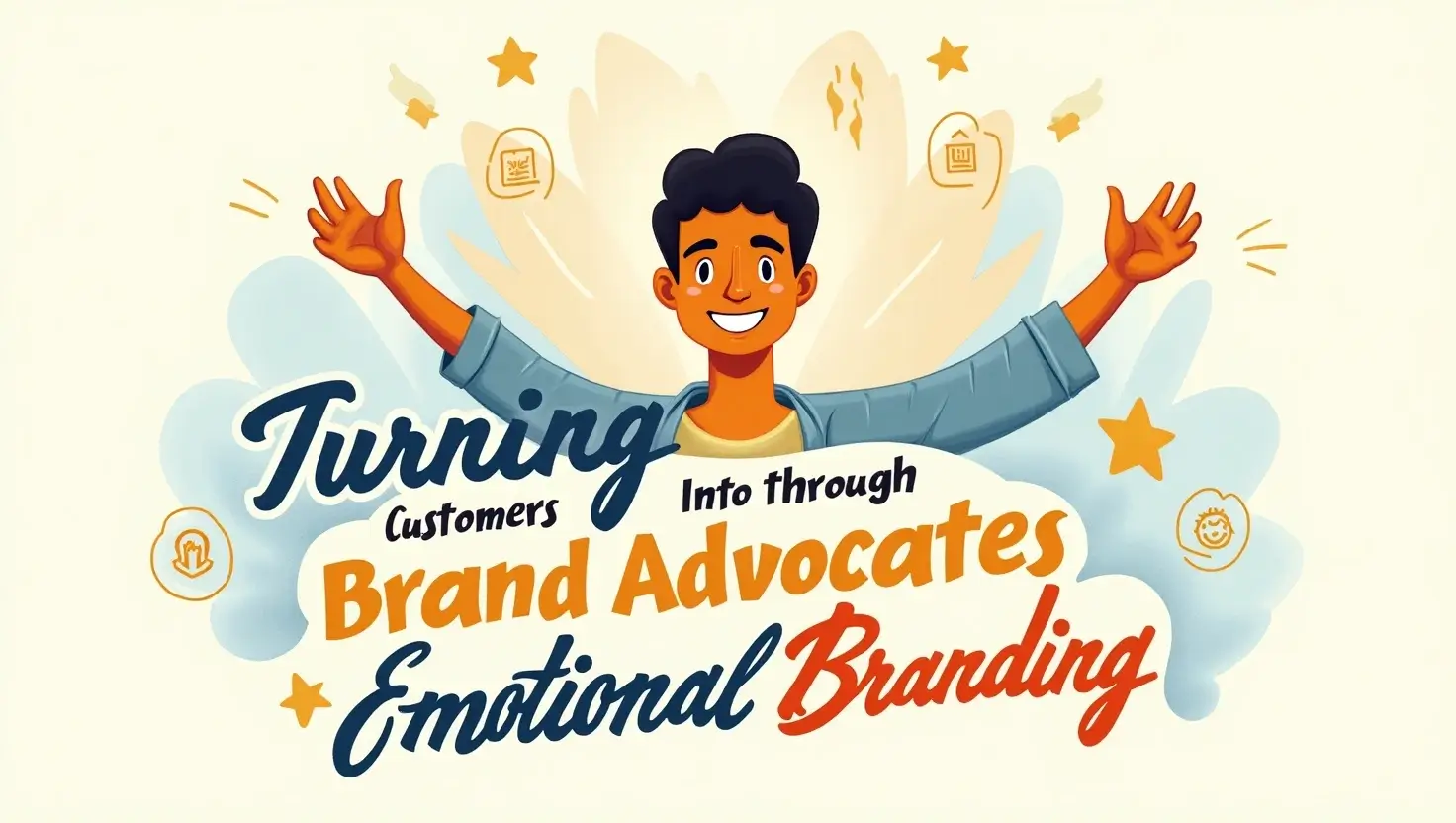
Turning Customers into Brand Advocates Through Emotional Branding
A sustainable brand’s power multiplies when your customers become your biggest cheerleaders.
How?
By making them feel emotionally invested in your mission. When people feel something real about your brand, they naturally want to talk about it, share it, and stand behind it.
To turn buyers into brand advocates, start by making them feel valued. Thank them for supporting your mission.
Show how their purchase helped reduce waste, save water, or plant trees. Celebrate their impact—not just your product.
Next, create ways for them to join the movement beyond buying. Invite them to share their stories on social media.
Use branded hashtags.
Feature their photos or testimonials on your site. When people see themselves in your brand, loyalty deepens.
Emotional branding also means listening.
Ask for feedback. Respond kindly. Let customers co-create your brand experience.
That feeling of connection builds trust—and trust builds advocacy.
Finally, surprise them. A thank-you note, a mission update, or even a donation made in their name can create a lasting emotional impression.
Remember, people don’t just promote brands—they promote what they believe in. If you can make your customers feel inspired, appreciated, and included, they’ll do your marketing for you—authentically and powerfully.
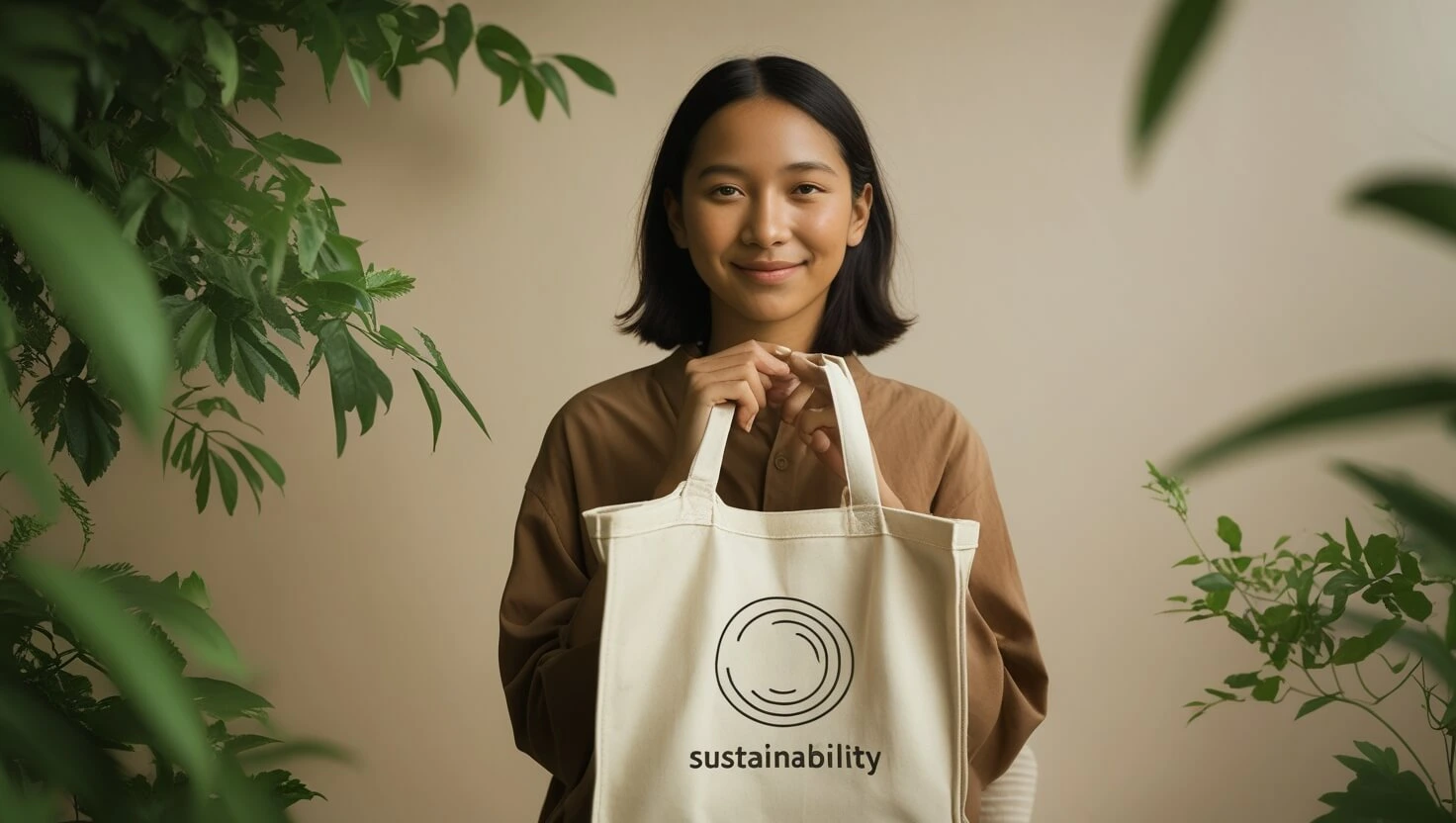
Conclusion: Harness the Emotional Power of Sustainable Branding Today
Building a sustainable brand isn’t just about saving the planet—it’s about creating meaningful connections that inspire customers to feel proud, hopeful, and part of something bigger.
When your brand speaks to the heart as well as the mind, you don’t just make sales—you create loyal fans who believe in your mission.
Remember, emotions drive buying decisions more than logic. By sharing your story authentically, showing real impact, and inviting customers to join your purpose, you tap into a powerful force that builds trust and loyalty.
Combining emotional storytelling (AIDA) with credibility (EEAT) helps your brand stand out on Google and in customers’ hearts.
If you start small—by clarifying your “why,” simplifying your message, and celebrating every customer’s impact—you’ll see the difference.
Sustainable branding is a journey, not a one-time campaign. Every step you take builds a community of people who feel good about buying green.
So why wait? Begin today. Make your brand a beacon of hope, purpose, and emotional connection. Your customers—and the planet—will thank you.

